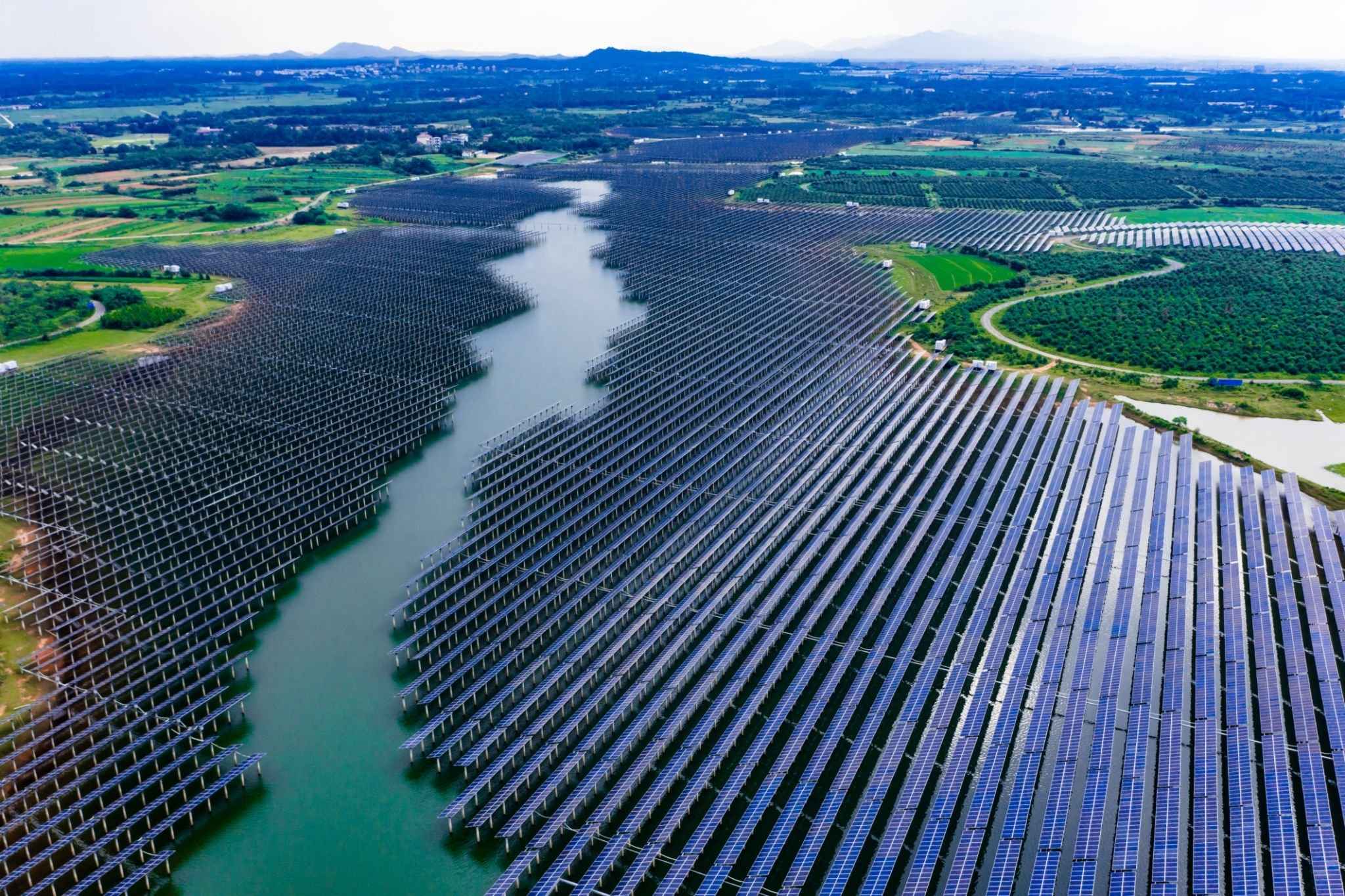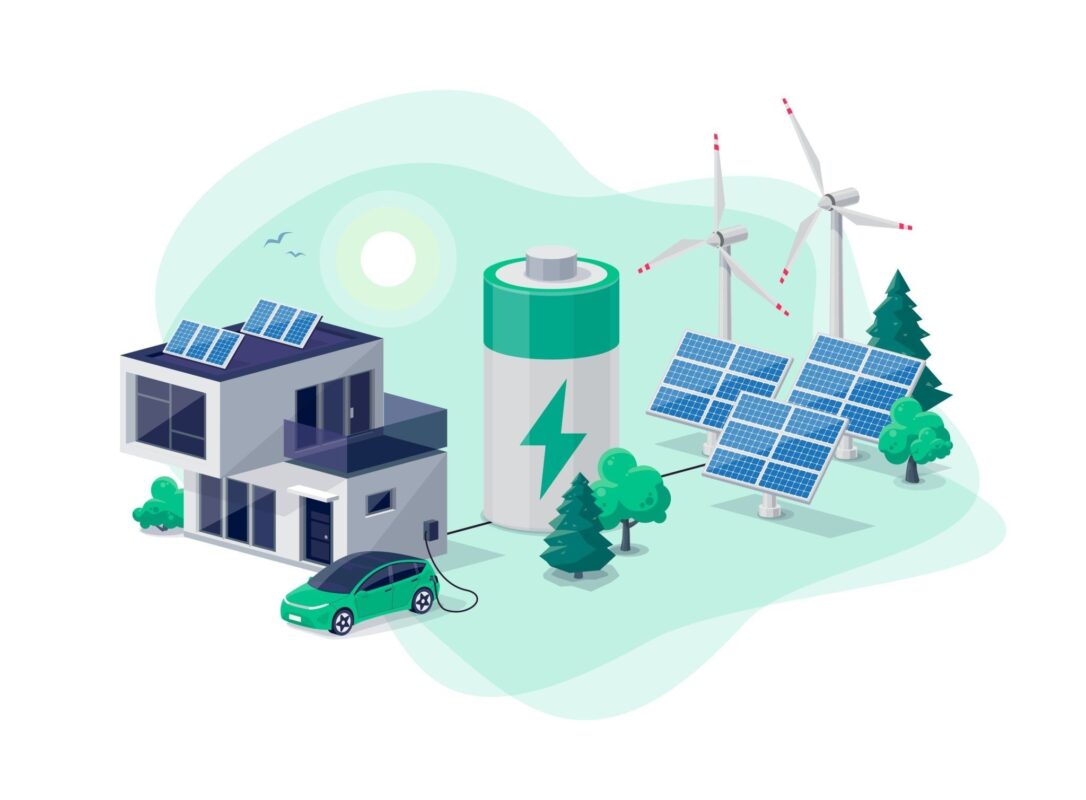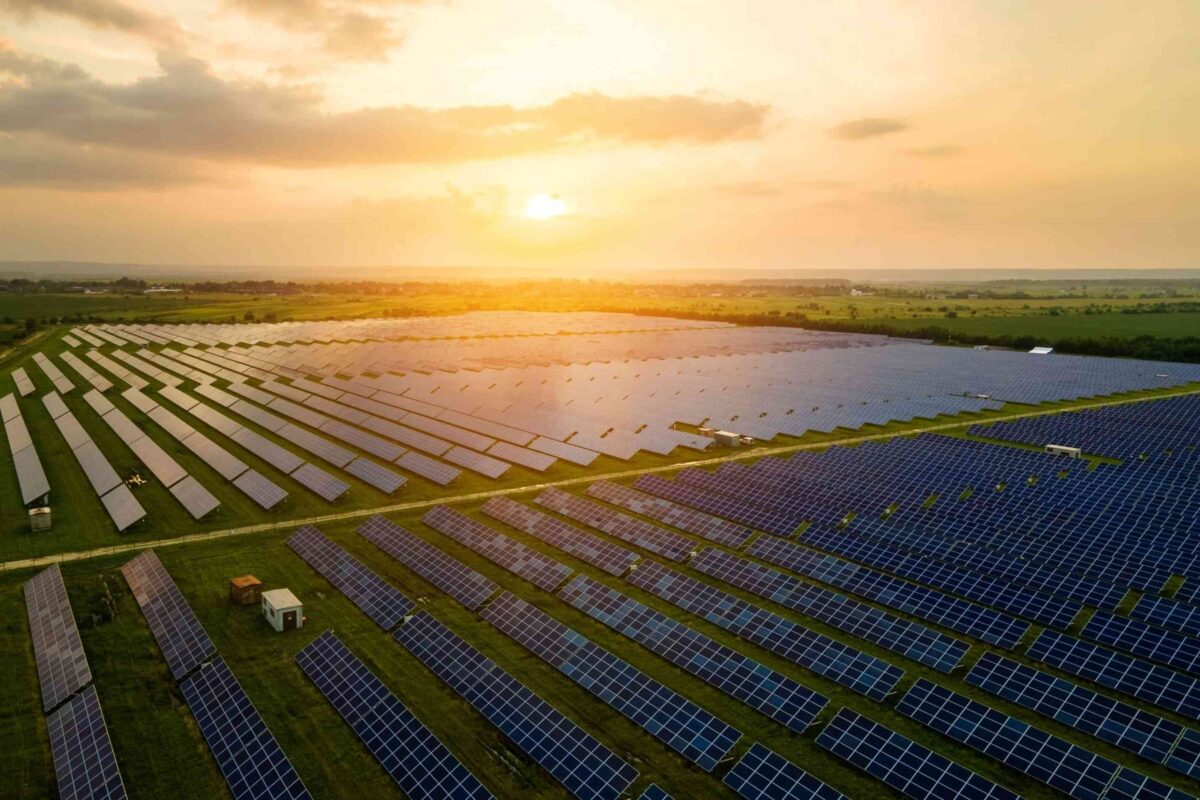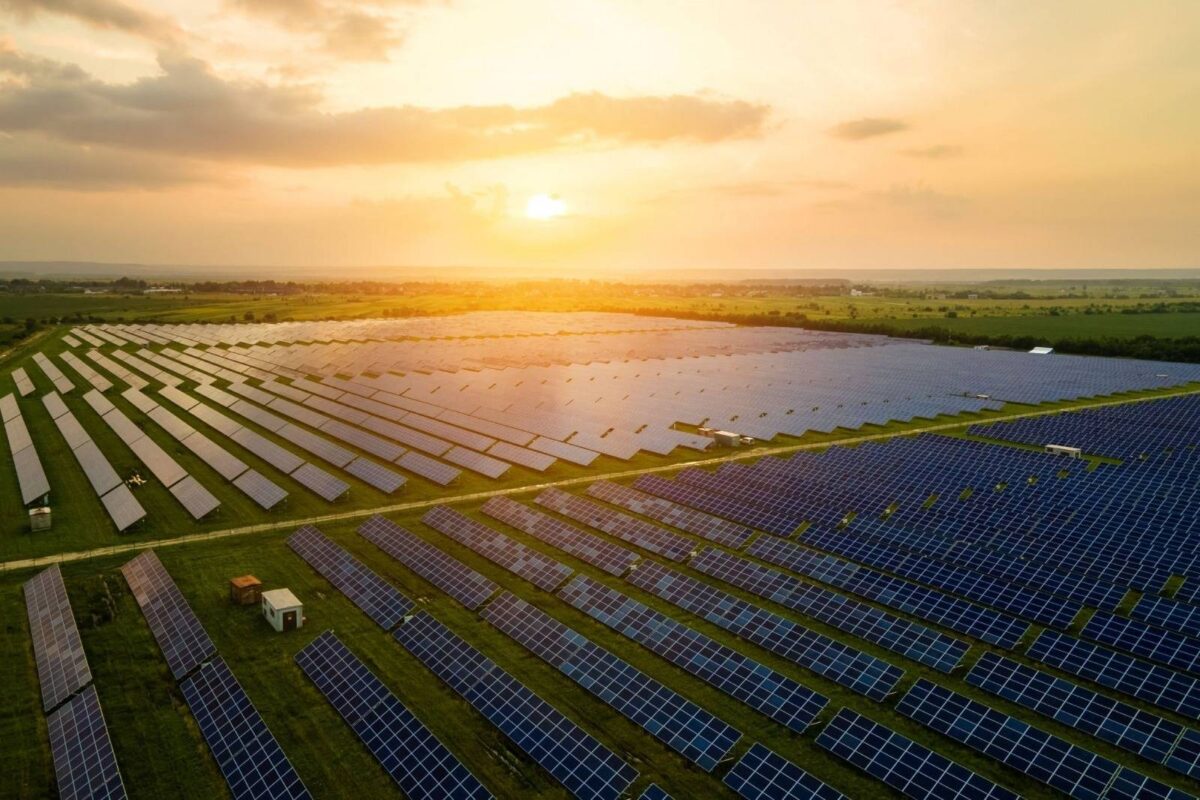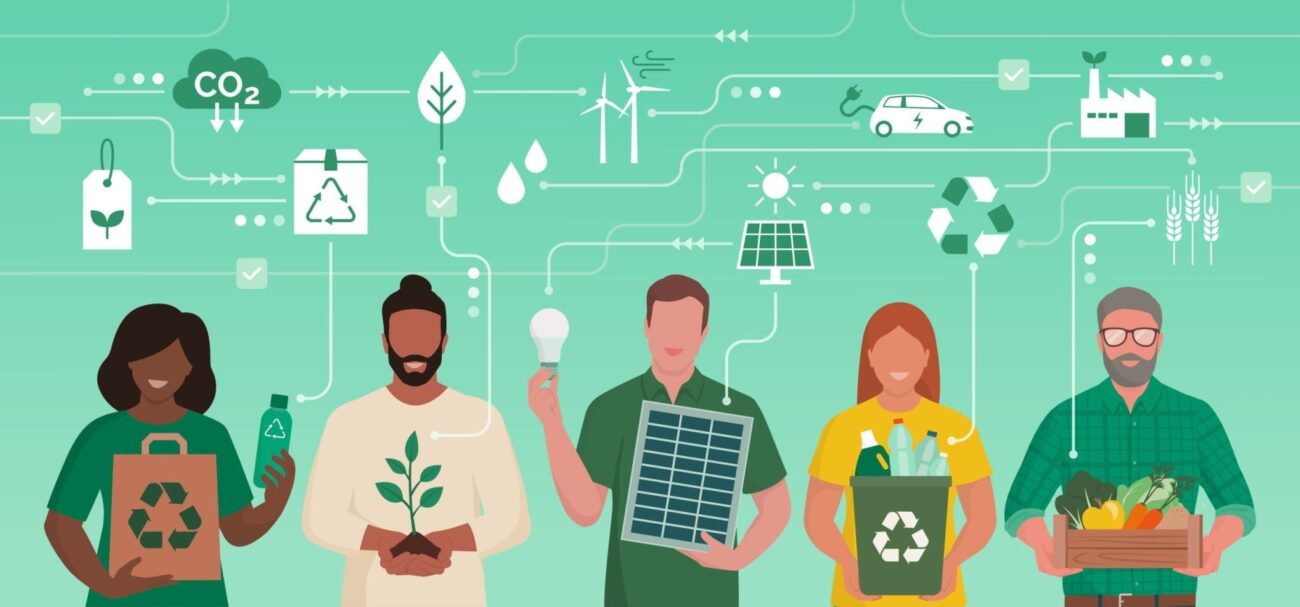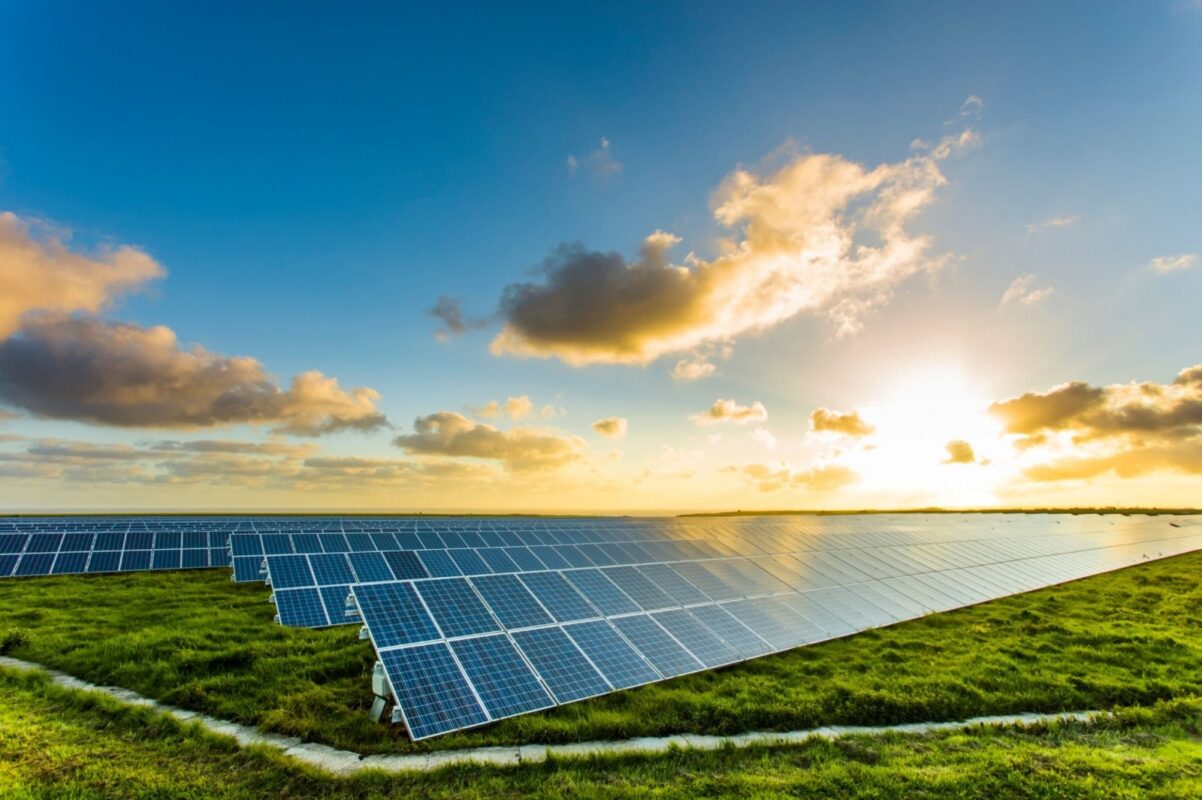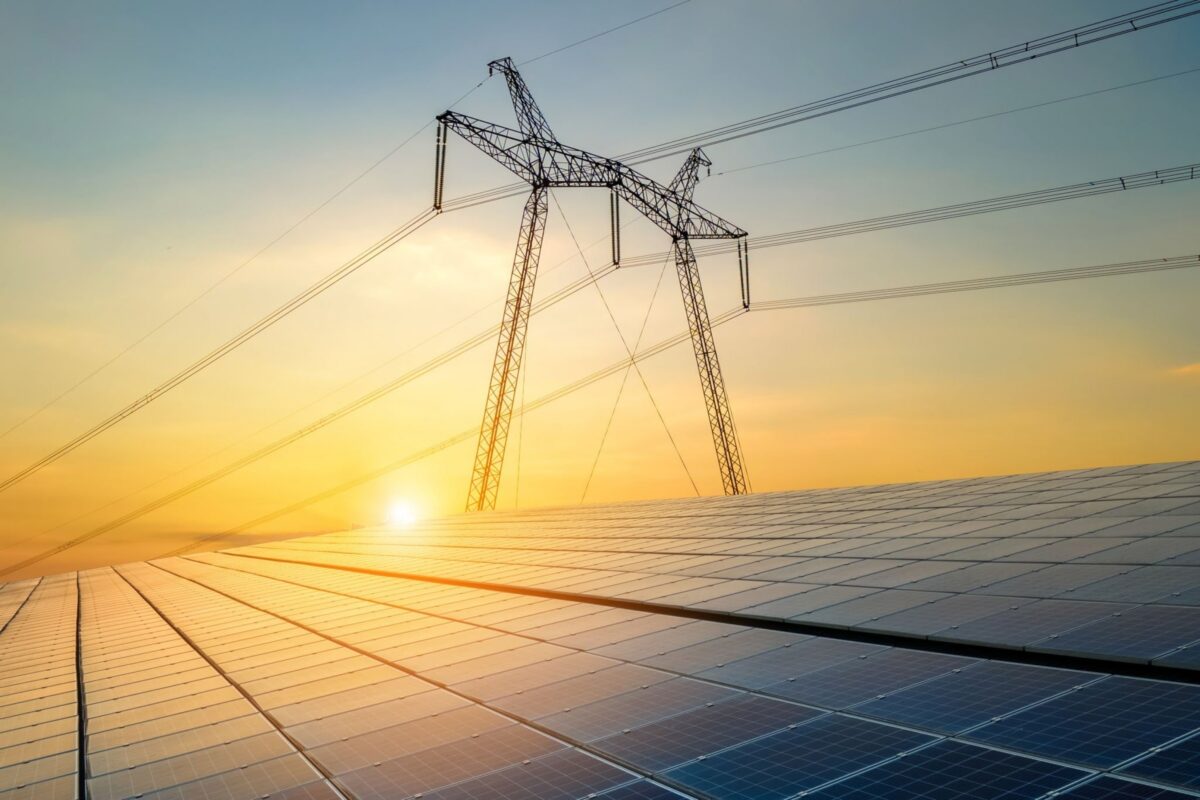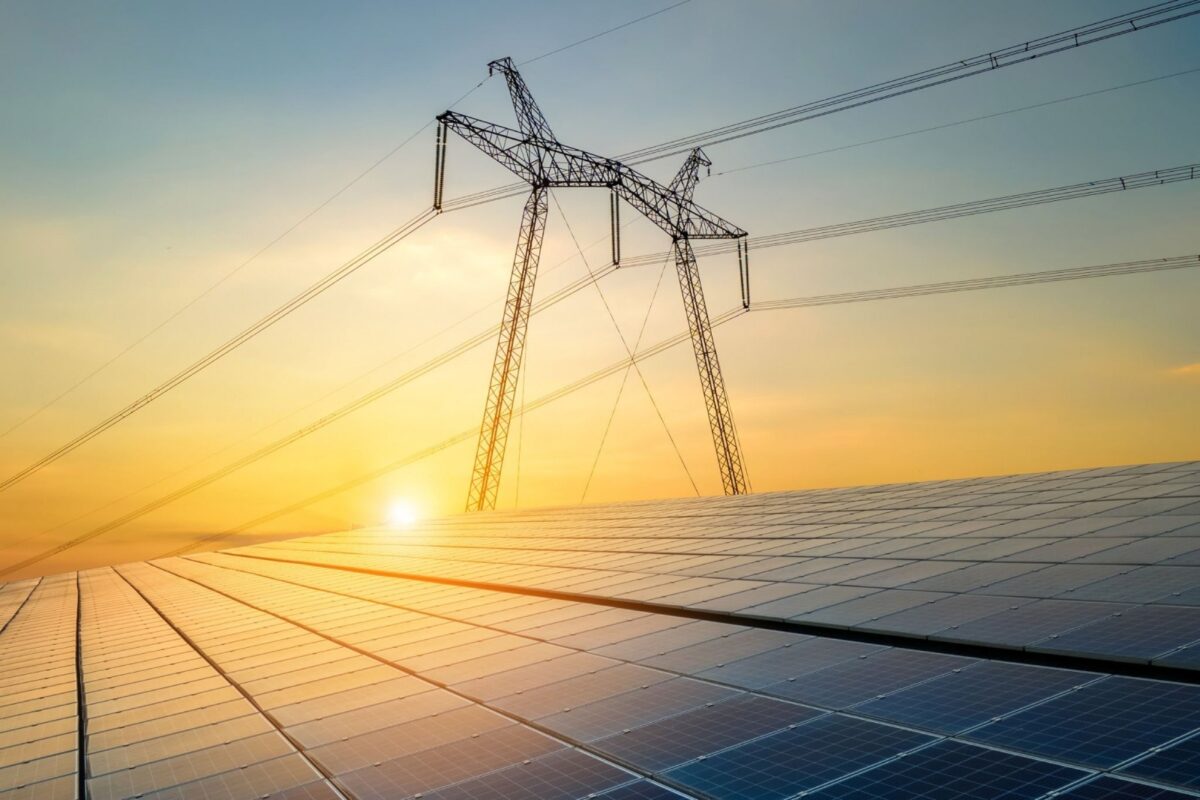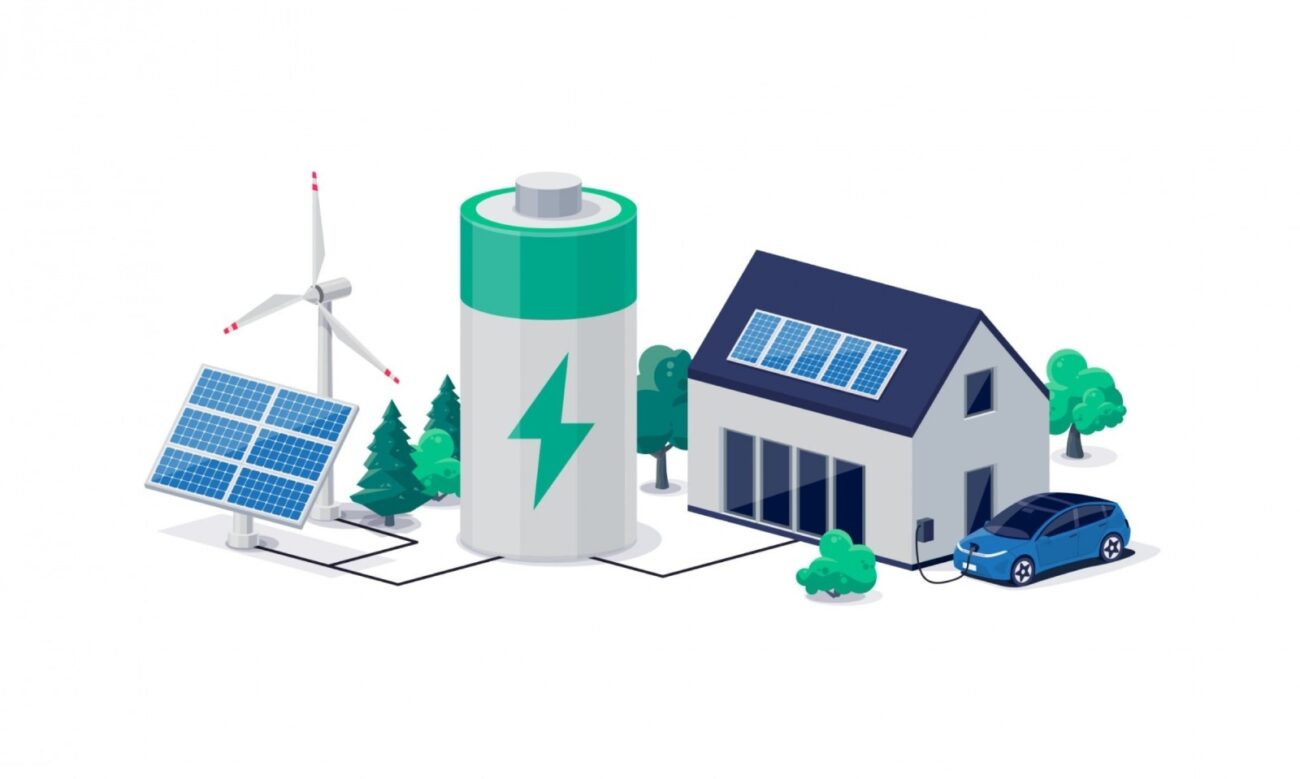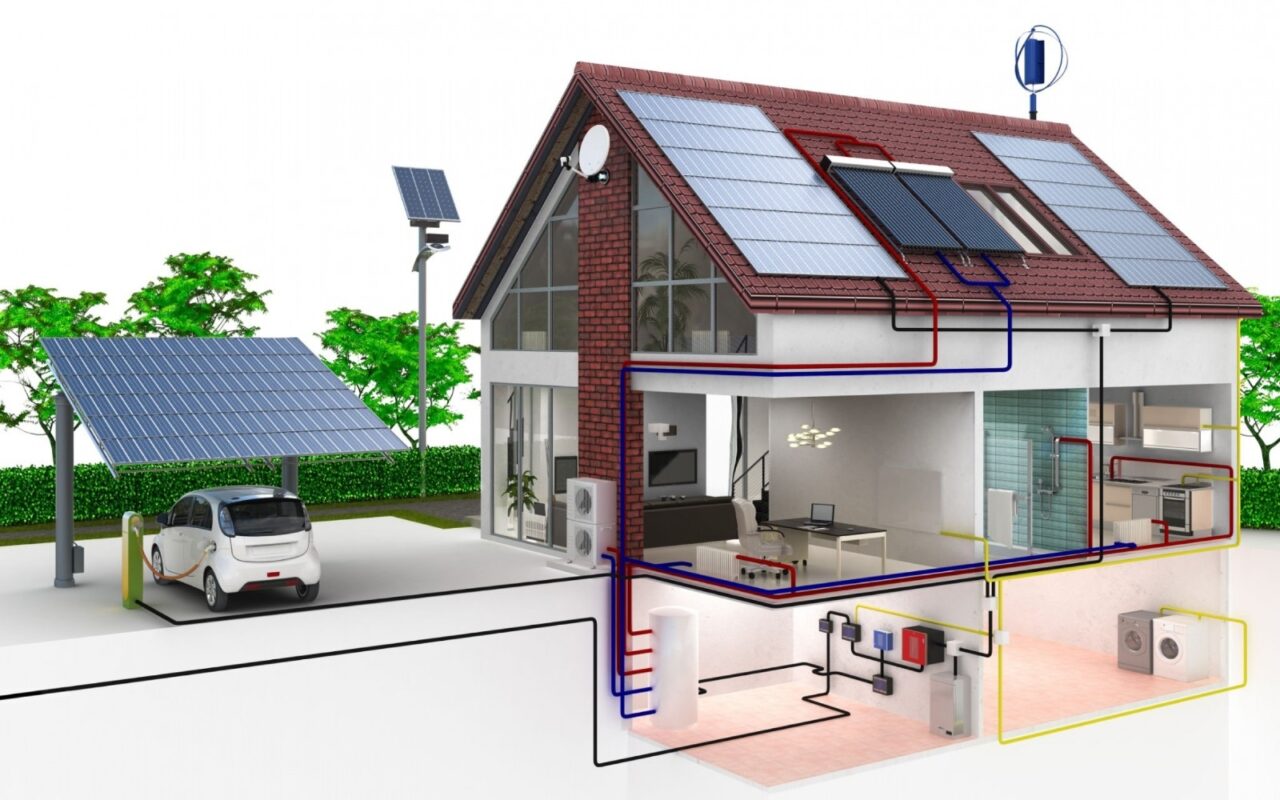Solar-powered water splitting is a cutting-edge technology that has the potential to revolutionize the way we generate and store energy. It involves using solar energy to split water molecules into hydrogen and oxygen, which can then be used as a clean and sustainable source of fuel. This process is known as water electrolysis, and it has been used for decades in industrial applications such as the production of hydrogen gas for use in the chemical industry.
However, the conventional water electrolysis process requires a significant amount of energy, which is typically supplied by electricity generated from fossil fuels. This is not only expensive but also results in the release of harmful greenhouse gases that contribute to climate change. Solar-powered water splitting, on the other hand, harnesses the abundant and renewable energy of the sun to power the electrolysis process, making it much more environmentally friendly and cost-effective.
How Does Solar-Powered Water Splitting Work?
Solar-powered water splitting is a two-step process that involves the use of a photoelectrochemical (PEC) cell. A PEC cell is a device that combines the principles of a solar cell and an electrolysis cell. It consists of a photoanode, which is a semiconductor material that absorbs sunlight and converts it into an electrical current, and a cathode, which is a metal electrode that facilitates the water splitting reaction.
When sunlight hits the photoanode, it creates an electric field that separates the electrons from the holes in the material. The electrons are then transferred to the cathode via an external circuit, while the holes are oxidized at the surface of the photoanode, generating oxygen gas. At the cathode, the electrons react with protons from the water to produce hydrogen gas.
There are several different materials that can be used as photoanodes in a PEC cell, including titanium dioxide, bismuth vanadate, and hematite. Each material has its own unique properties and advantages, and researchers are constantly exploring new materials to improve the efficiency and performance of PEC cells.
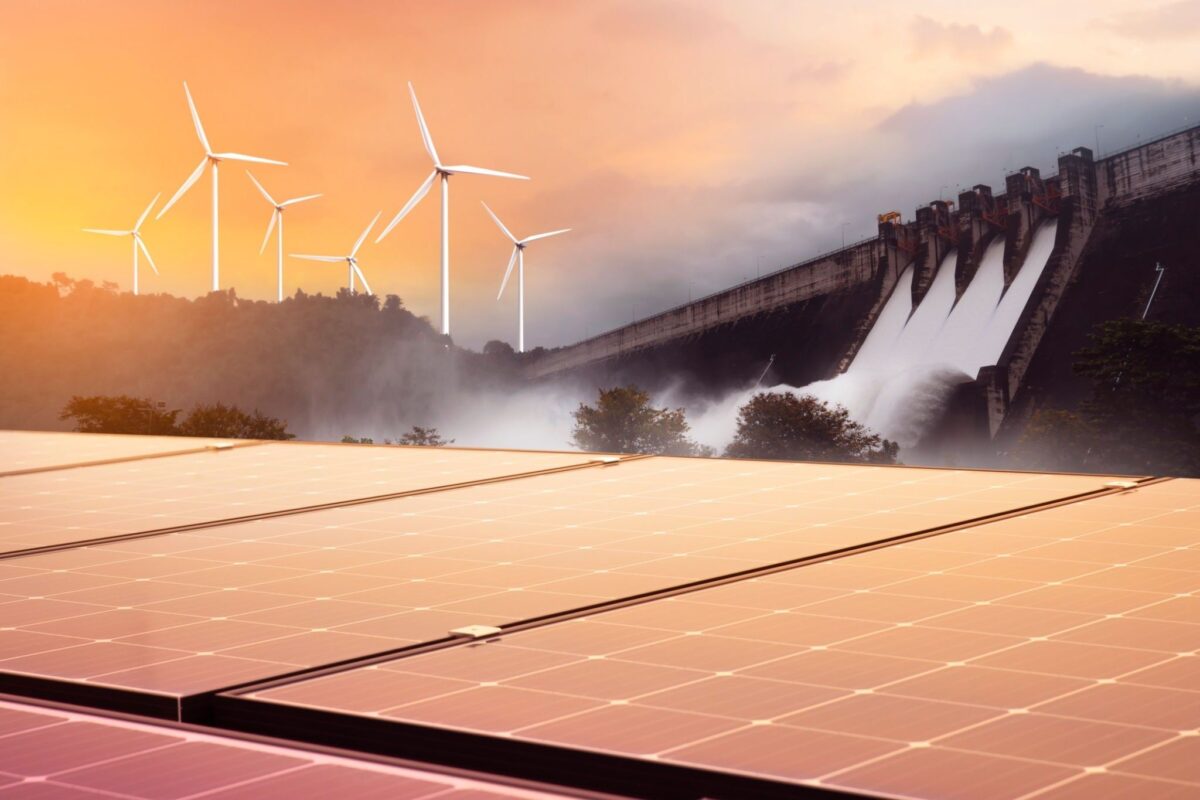
The Advantages of Solar-Powered Water Splitting
One of the main advantages of solar-powered water splitting is its ability to produce hydrogen gas, which is a clean and renewable fuel that can be used in a wide range of applications. Hydrogen fuel cells are already being used in some vehicles, and they have the potential to replace fossil fuels in many other areas, such as power generation, heating, and transportation.
Another advantage of solar-powered water splitting is its potential to store solar energy. Solar energy is abundant but intermittent, meaning that it is not always available when it is needed. By using solar energy to produce hydrogen gas, which can be stored and used later, solar-powered water splitting provides a way to store solar energy and use it when it is needed.
Solar-powered water splitting also has the potential to reduce greenhouse gas emissions and mitigate climate change. By using solar energy to split water molecules, it eliminates the need for fossil fuels, which are a major source of greenhouse gas emissions. In addition, the production of hydrogen gas through water splitting is a clean process that produces only water vapor and oxygen gas as byproducts.
The Challenges of Solar-Powered Water Splitting
Despite its many advantages, solar-powered water splitting also faces several challenges that need to be addressed in order to realize its full potential.
One of the main challenges is the efficiency of PEC cells. While PEC cells have been shown to be capable of converting solar energy into hydrogen gas, their efficiency is still relatively low compared to other solar technologies, such as photovoltaic cells. Improving the efficiency of PEC cells is a key area of research, and there are many efforts underway to develop new materials and optimize the design of PEC cells to improve their performance.
Another challenge is the cost of PEC cells. While the cost of solar PV cells has decreased significantly over the past few years, PEC cells are still relatively expensive to produce. This is due in part to the complex and specialized materials required to construct PEC cells, as well as the difficulty of scaling up production to meet demand. As a result, PEC cells are currently only used in niche applications, such as research labs and small-scale pilot projects.
In addition to these technical challenges, there are also regulatory and policy barriers that need to be addressed in order to promote the widespread adoption of solar-powered water splitting. For example, the lack of incentives and support for renewable energy research and development may discourage companies and investors from investing in PEC cell technology. Additionally, there may be regulatory hurdles related to the storage and transportation of hydrogen gas, which could limit the adoption of hydrogen fuel cells.
The Future of Solar-Powered Water Splitting
Despite these challenges, the future of solar-powered water splitting looks promising. Advances in materials science and engineering are continually improving the efficiency and performance of PEC cells, while the growing demand for clean and renewable energy is driving investment and innovation in this field.
There are already a number of promising applications for solar-powered water splitting, including the production of hydrogen fuel for transportation and power generation, as well as the storage of solar energy for use during periods of low sunlight. In addition, researchers are exploring the use of PEC cells in other applications, such as desalination and water treatment, where they could provide a sustainable and cost-effective alternative to traditional methods.
As with any new technology, the success of solar-powered water splitting will depend on a variety of factors, including technical performance, cost-effectiveness, and regulatory support. However, with continued investment and innovation, it has the potential to play a major role in the transition to a more sustainable and renewable energy future.
In conclusion, solar-powered water splitting is a promising technology that has the potential to revolutionize the way we generate and store energy. By using solar energy to split water molecules into hydrogen and oxygen, it provides a sustainable and clean source of fuel that can be used in a wide range of applications. However, there are still technical, economic, and regulatory challenges that need to be overcome in order to realize the full potential of this technology. With continued investment and innovation, however, solar-powered water splitting could play a key role in the transition to a more sustainable and renewable energy future.

